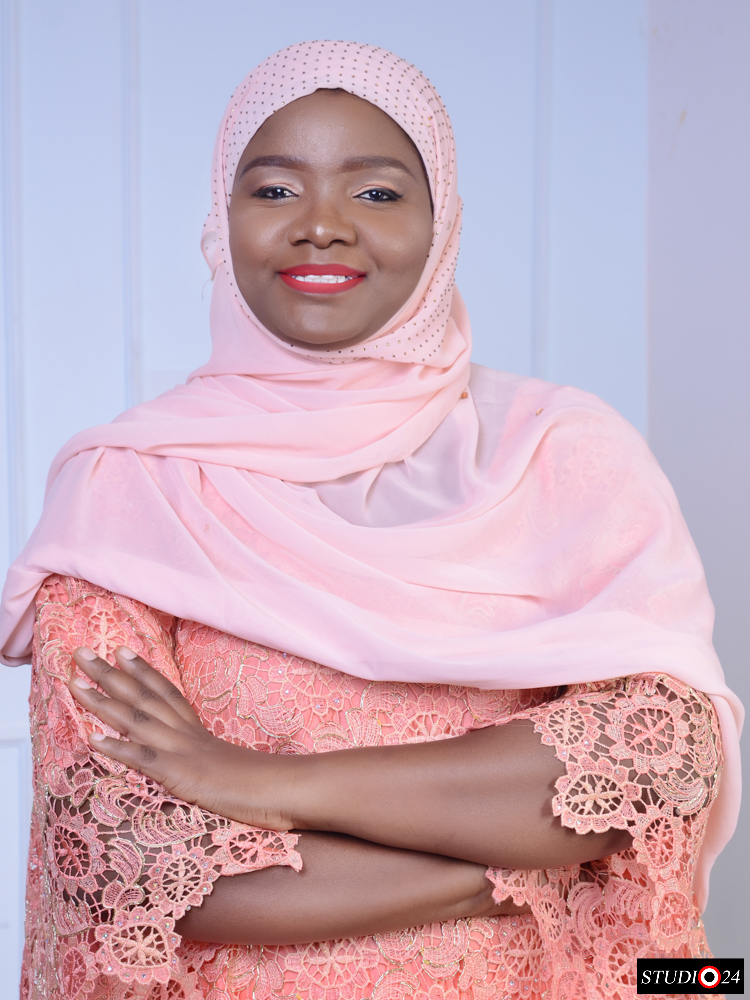Career
Farida Yahya: Use These Methods To Create a Unique Brand Voice
This year, whatever brand tone you adopt, the most important rule is to ensure that your brand tone is authentic. Trying to fake your voice is like asking a goat to sing. You’re literally bleating and people can easily spot anything fake these days. As studies have shown throughout the years, consumers buy products from brands that they connect to on an emotional level. They also stay away from brands that they cannot connect with.
 As 2019 came to an end, a good number of startup founders took some time off work to do some introspection. What worked? What didn’t? How can they outsmart the competition in the coming decade?
As 2019 came to an end, a good number of startup founders took some time off work to do some introspection. What worked? What didn’t? How can they outsmart the competition in the coming decade?
In my limited interaction with all the sales and end of year bundle ads that flew around, I noticed a predictable pattern: most brands have lost their brand voice in a bid to cash in and stamp “sold out” across their social media pages. While that seems to work short term, it won’t be business as usual in 2020.
How do you keep your “I am different” slogan and still make some cool cash? I have four methods to share with you. But before then, let’s talk about marketing your new business.
New product idea? Check.
A good customer base? Double-check.
Before you proceed with marketing your new business, product or brand, you must define your ‘brand voice’. Your company’s brand voice is the heart and soul of your communication. It is the tone you adapt to speak and connect with your audience.
The absence of a brand voice means that you can’t create your blog, publish your first post, tweet or post a caption on Instagram. Your brand’s voice can range from being authoritative to fun, informative or witty. This year, whatever brand tone you adopt, the most important rule is to ensure that your brand tone is authentic. Trying to fake your voice is like asking a goat to sing. You’re literally bleating and people can easily spot anything fake these days. As studies have shown throughout the years, consumers buy products from brands that they connect to on an emotional level. They also stay away from brands that they cannot connect with.
So how do you make your brand’s voice unique enough to stand out from its competitors?
Build Prototypes
As you work on determining your brand’s voice, you must know who you’re talking to — beyond your audiences’ basic demographics. One trick to help you easily identify this is to pick a person from your target market (it could be the elderly, working mums, stay-at-home parents, bachelors, etc) to answer the following questions:
- What does he or she look like?
- What does he or she care about?
- Where does he or she work?
- What does he or she do for fun?
- And, most importantly, what does he or she expect from your brand?
Answering these questions will give an insight into people’s heads and teach you how to attract them to your brand. Plus, it’s the first step to defining what brand voice to adopt.
Identify The Language Your Target Audience (Customers) Use
Pay attention to where your target audience gathers: online or in-person? Visit those places and observe the way they write and speak. See how they describe the challenges they face that your product or service solves and bring those terms into your official vocabulary. By using their words, you make it easier for potential customers to immediately understand your company’s value.
Answer These Questions
The next step is to answer the following questions:
- I want my brand to make people feel _______ (happy, important, belong, create nostalgia, etc).
- _______ makes me feel this way.
- I want people to _______ when they see my brand.
- Three words that describe my brand are _______ , _______ , and _______.
- I want to mimic the brand voice of _______.
- I dislike brand voices that sound _______ (cliché, rude, angry, unsympathetic, and arrogant?).
- Connecting with my clients and potential clients makes me feel _______.
Since your aim would be to adopt a sincere and natural brand tone, you must pay attention to the answers you get from the questions above. Should your brand voice be plain, witty, authoritative or funny? Is it rolling-on-the floor funny or laugh-out-loud funny? Should it be scholarly authoritative or I’m explaining something to a younger brother/sister authoritative? Take your pick!
Create a Test Group
Get a bunch of your closest people together (families and friends). Please note that these people should also represent your (proposed) target market. Ask for their opinion about:
- What excites them the most about your brand?
- What makes it unique?
- What words describe your brand?
Based on their feedback, craft a 1-2 sentence mission statement in a few different brand voices. Then decide which one feels the most natural to you or excites you the most.
The answers you get here hugely determine the brand tone you adopt. Additionally, it’s okay to combine parts of the answers to the second question above to get the final product. Finding your brand tone can be likened to painting: sometimes, it requires adding a splash of this and that to get the perfect result.
In Conclusion
Finding a unique voice that your customers will love isn’t easy. It isn’t impossible either. With tons of commotion and unhealthy comparisons on social media, it’s hard to stand out and easy to get lost in the noise. However, remember that it’s very easy to create a bad or easily forgettable experience that will make your followers bored and press the mute or unfollow button.
When you develop and stick to a brand voice, social media interactions get easier. People easily identify your brand and know what to expect from it. Make sure to promote your brand voice and have a clear vision of how everyone sees your brand. Brand perception is extremely important!
Here’s to your success in the new decade.
Happy New Year




















